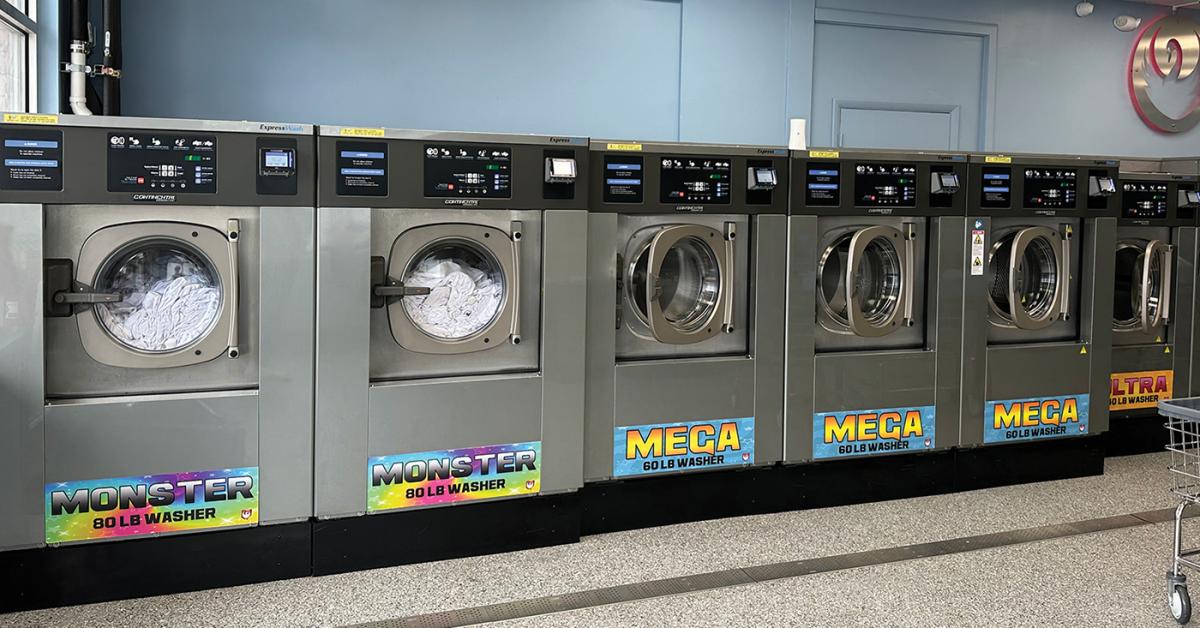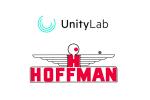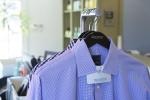TALLMADGE, Ohio — When the pandemic hit, many drycleaning companies had to ask themselves some tough questions and re-examine their business to bring people back through their doors.
Jim Croyle and his wife, Theresa, owners of White Swan Cleaners in Tallmadge, Ohio, decided that opening a new vended laundry facility next to their drycleaning store could be their step toward a more profitable future.
In Part 1 of this series, we documented the choices the Croyles made when deciding to include a laundry component into their business model. Today, we’ll conclude by examining their laundry set up, as well as their plans for the future.
In and Out in 60 Minutes or Less
The 1,500-square-foot White Swan Laundromat is located in a strip mall owned by the Croyles in an upscale suburban neighborhood. It features a mix of Continental Girbau high-speed washers and dryers for a quicker wash and dry; a Card Concepts Inc. payment system that accepts cash, debit/credit and payment apps; and a security system that automatically locks and unlocks the laundry. Amenities include free Wi-Fi, large flatscreen televisions and folding tables.
The soft-mount washers, in 20- to 80-pound capacities, are complemented by 45-pound stack dryers and 75-pound single-pocket dryers. The soft-mount machines offer easy installation without bolt-down, and the washers generate up to 408 G-force extract speeds for greater moisture removal, quicker drying times and lower natural gas consumption.
“Fifty percent of our wash cycles are 18 minutes, and our dry cycles are 20-30 minutes,” says Croyle. “Our customers are in and out in less than an hour, which saves them two to three hours over our competition.”
Moreover, a faster wash and dry maximizes customer rotation rates, frees up popular machines, and helps boost revenue.
“The washers can conceivably turn three times per hour and that’s what we are hoping for,” Croyle says. “We love the soft-mount washers. I know what it’s like to run second extracts on a down comforter because it’s still wet. Our drycleaning washers only spin at 200 G-force. The amount of money, time and energy our washers save on the drying end is amazing.”
‘Extras’ Add to Total Revenue
Plus, customers can choose optional “Extras,” in addition to their standard cycles, including an “Extra Rinse,” “Extra Wash,” and “Extra Spin.” Each vends at an additional 50 cents — padding store profit.
“This absolutely offers our customers more control over how they’re laundry is washed,” says Croyle, “with 18% choosing an ‘Extra Wash,’ 15% selecting an ‘Extra Rinse’ and another 15% adding an ‘Extra Spin.’”
Technology Simplifies Tasks
With labor shortages continuing nationwide, the demand for automated services has become commonplace and easy to implement into daily operations, according to Croyle. “In our personal laundry experience, we have automated several of the daily tasks.”
Simplifying life, the laundry’s security technology automatically opens doors at 6 a.m. and locks them at 10 p.m. At 9 p.m., it alerts customers through Amazon’s Alexa system of the last wash. Simultaneously, lights illuminate and turn off automatically. Every half hour, team members from the drycleaning plant walk over and tend the laundry or use idle washers to process wash/dry/fold.
Meanwhile, the laundry’s payment system offers simple machine operation for customers and provides sophisticated store management. Using this system, the Croyles can run promotions, access customer information, issue refunds, and analyze machine operation, store performance and revenue.
Finally, the laundry also harnesses the drycleaning plant’s SMRT point-of-sale system to track wash-dry-fold poundage, text updates to customers, and send pickup and delivery reminders. When customers don’t have a pickup, the software automatically drops them from the manifest, which in turn reduces vehicle wear and tear, labor hours and fuel.
Shared Resources for More Efficient Businesses
At the end of the day, the drycleaning side complements the laundry side and vice versa — allowing for more efficient use of labor, equipment, technology, delivery routes and marketing. Working together, the businesses share resources while creating a bigger customer pool and diversification of services.
“The addition of the laundry, especially directly next door to our main plant, has led to many crossover customers,” Croyle says. “Our drycleaning customers have learned of our wash-dry-fold services and are adding it to the services they already use. Similarly, our laundry customers coming to the dry cleaner with their finer clothes to be professionally cleaned and pressed are learning of our other services, including alterations and household item cleaning.”
Growth into the Future
Ultimately, the Croyles’ plan to expand their laundry footprint, first by doubling the size of the current laundry. They’ll do this by removing the “Phase 1” wall and adding equipment. Thereafter, they hope to develop laundries in neighboring communities that, according to Jim Croyle, need “good, clean laundries.”
For Part 1 of this series, click HERE.
Have a question or comment? E-mail our editor Dave Davis at [email protected].















